ASUS Announces New ROG Phone II: 120Hz OLED, 6000mAh & Snapdragon 855+
by Andrei Frumusanu on July 22, 2019 6:00 AM EST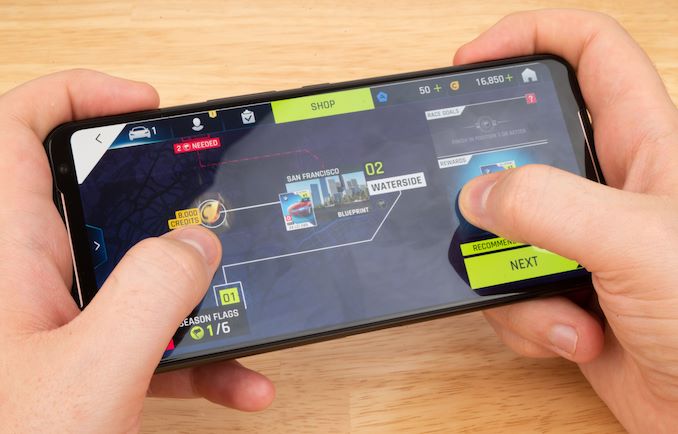
Today ASUS is releasing the successor to last year’s enthusiast-level gaming phone – the ROG Phone. This year’s model features the same DNA that the original model was built on- but this time around ASUS went for bigger and better in every regard, upgrading the new ROG Phone II with some new impressive hardware, creating quite a beast of a phone.
ASUS’s rationale for releasing a gaming-focused phone is that the mobile market is seeing some exceptional annual growth, with mobile accounting for 47% of the total gaming market world-wide, with a healthy growth of 12.8% for mobile and specifically a 14.2% year-on-year growth for smartphone gaming. As such, ASUS sees a large opportunity to carve out a niche in the market in terms of offering a phone that maxes out the mobile gaming experience.
| ASUS ROG Phones | ||||||
| ROG Phone | ROG Phone II | |||||
| SoC | Snapdragon 845 (OC) 4x Cortex-A75 @ 2.96GHz 4x Cortex-A55 @ 1.80GHz Adreno 630 @ MHz |
Qualcomm Snapdragon 855+ 1x Cortex-A76 @ 2.96GHz 3x Cortex-A76 @ 2.42GHz 4x Cortex-A55 @ 1.80GHz Adreno 640 @ 675MHz |
||||
| DRAM | 8 GB LPDDR4X | 12 GB LPDDR4X | ||||
| Storage | 128 / 512GB UFS 2.1 | 128 / 512GB UFS 3.0 | ||||
| Display | 6.0" AMOLED 2160 x 1080 (18:9) 90Hz |
6.59" AMOLED 2340 x 1080 (19.5:9) 120Hz 240Hz Touch |
||||
| Size | Height | 158.8 mm | 170.99 mm | |||
| Width | 76.2 mm | 77.6 mm | ||||
| Depth | 8.6 mm | 9.48 mm | ||||
| Weight | 200 grams | 240 grams | ||||
| Battery Capacity | 4000mAh | 6000mAh | ||||
| Wireless Charging | - | |||||
| Rear Cameras | ||||||
| Main | 12MP | 48MP IMX586 0.8µm pixels (1.6µm 4:1 12MP) f/1.79 |
||||
| Telephoto | - | - | ||||
| Wide | 8MP 120° wide-angle |
13MP 125° wide-angle |
||||
| Extra | - | - | ||||
| Front Camera | 8MP | 24MP | ||||
| I/O | USB-C 3.1 3.5mm headphone |
|||||
| Wireless (local) | 802.11ac Wave 2 Wi-Fi Bluetooth 5.0 LE + NFC 802.11ad (Wireless display) |
|||||
| Other Features | Dual Stereo Speakers Under-Display Fingerprint Sensor |
|||||
| Dual-SIM | Dual nanoSIM | |||||
| Colours | ||||||
| Launch Price | 128GB | $899 | ???? | |||
| 512GB | $1099 | 512GB | ???? | |||
At the heart of the new ROG Phone II is the Snapdragon 855. But this isn’t your regular S855 we’ve seen from other flagships so far this year, but rather a new SKU bin called the Snapdragon 855+. The new variant upgrades the clocks on the CPU and particularly on the GPU. On the CPU side we’re seeing the Prime core being overclocked from 2.84GHz to 2.96GHz, giving a 4% boost in some single-threaded applications, whilst the new GPU sees a larger 15% performance boost being upgraded from 585MHz to 675MHz.
Whilst the new increased GPU performance of the chip brings a new healthy upgrade to the experience, what really makes the new ROG Phone II differ from other devices is ASUS’ new improved thermal dissipation capabilities as well as its sustained performance claims. The company claims that the phone is able to maintain its peak performance significantly better than other smartphones, suffering much less degradations from thermal throttling.
Other internal hardware upgrades includes the upgrade from 8GB LPDDR4X in the original to now 12GB in the ROG Phone II.
ASUS also follows other vendors in terms of adopting the new UFS 3.0 storage standard which promises to double the theoretical peak transfer rates. The ROG Phone II still maintains a maximum of 512GB of storage in this regard.
What’s most impressive about the new device though is its sheer size. This is now a much bigger phone than last year’s original, raising the screen diameter from 6.0” to 6.59”. Although some of the increased diameter is due to the stretching of the aspect ratio from 18:9 to 19.5:9, the overall phone still is much bigger as it gains 12.19mm in height to 170.99mm, 1.4mm in width to 77.6mm and is now 10% thicker at 9.48mm.
The thickness is especially interesting as the new phone now houses a whopping 50% bigger battery, which now reaches 6000mAh. The physical aspect where this is most noticeable in the phone is in its weight which grows from 200g to 240g, marking the new ROG Phone II as quite the heavy unit.
The vastly increased battery capacity is an important feature of the phone as it allows for significantly longer gaming sessions and ASUS promises the phone to last much longer than competing devices when playing high-end games.
Of course the new size isn’t the only upgraded aspect of the new screen: ASUS continues to use an AMOLED display, but now further pushes the boundaries in terms of refresh rate by going from 90Hz in the original to a new 120Hz panel. The resolution still remains 1080p with the only upgrade being a few more pixels to fit the stretched the elongated aspect ratio. At this size the resolution might not be the sharpest amongst the competition, but for a gaming-centric smartphone it’ll still provide excellent performance in essentially any games currently available.
ASUS has also improved the touch aspects of the phone: As far as I’m aware, this is the first ever 240Hz touch controller in a smartphone. What this has allowed ASUS to do is vastly improve the touch latency compared to any other smartphone by significant margins, which together with the new 120Hz display panel should result in some excellent fluidity and smoothness.
On the camera side of things, the ROG Phone II seems to adopt the Zenfone 6’s setup which includes the Sony IMX586 48MP camera sensor module as well as a 13MP wide-angle camera. ASUS hasn’t gone into details of the camera but we largely expect it to match the performance of its sibling device. The front camera has also been upgraded from 8MP to 25MP.
Much like on the original ROG Phone, ASUS will be offering a slew of different accessories for the new ROG Phone II. The phone itself comes with an additional connector on the side of the device to which the accessories can connect to, offering similar features and additions as last year’s line-up.
The ROG Phone II launches in China on July 23rd with a glossy back, whilst the worldwide variant will be available in the first week of September in a matte black back. No pricing available as of yet.


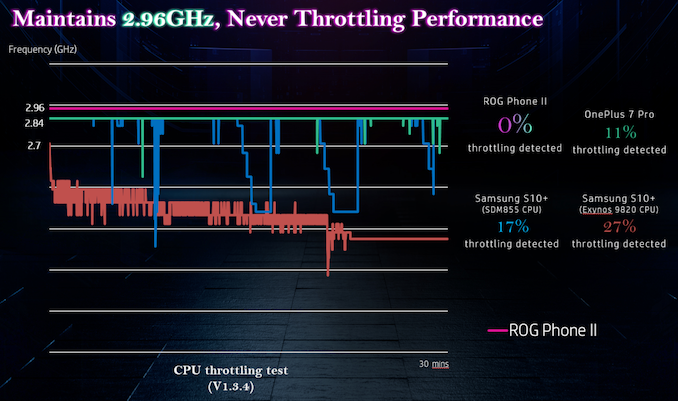
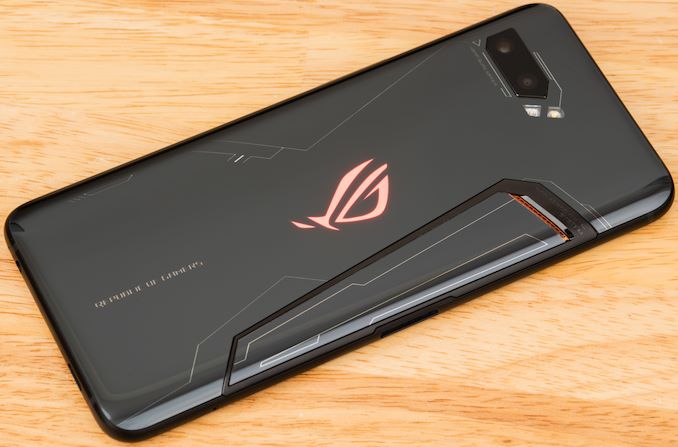
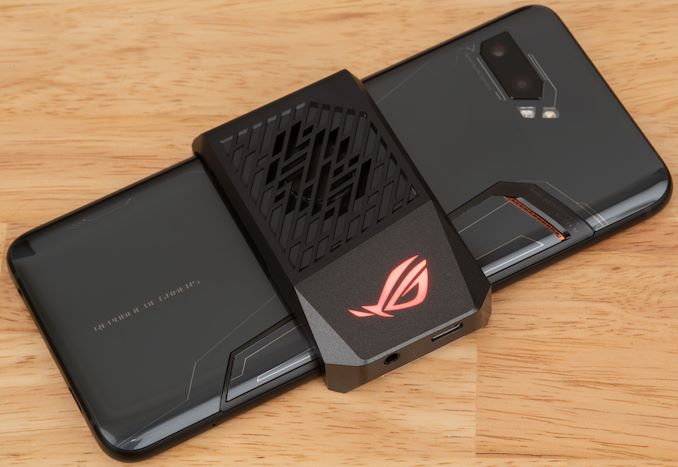
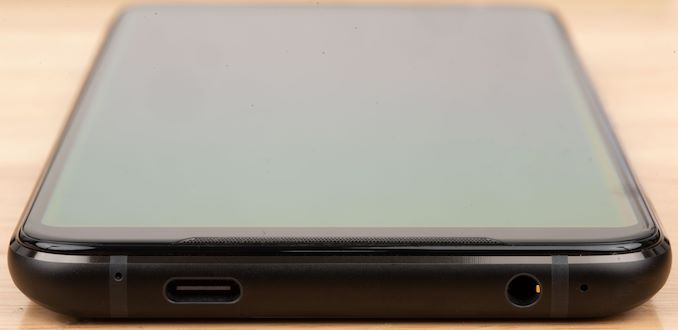
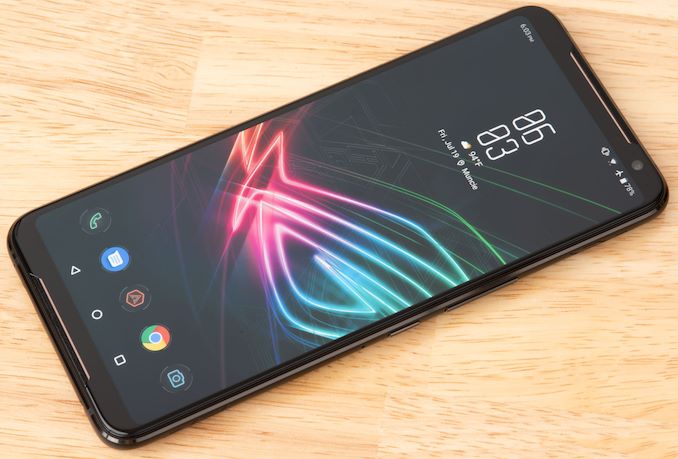
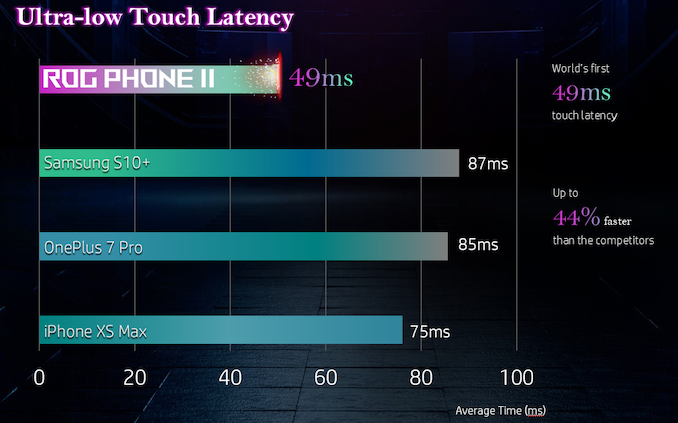
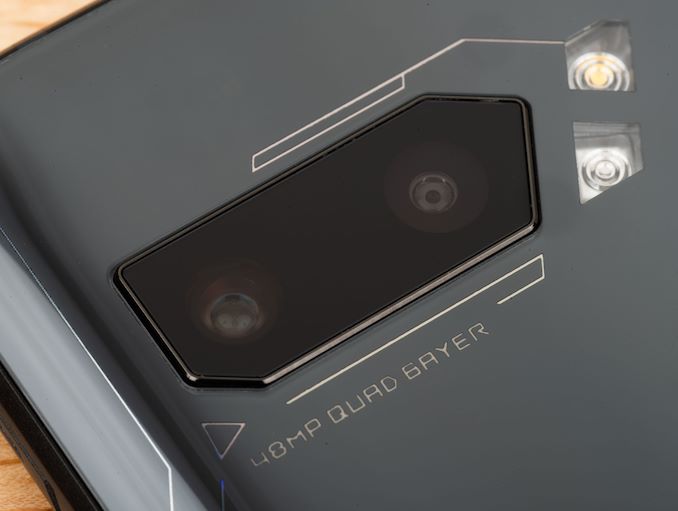
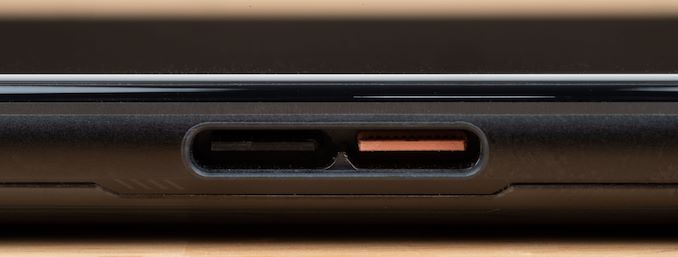









73 Comments
View All Comments
SilthDraeth - Monday, July 22, 2019 - link
Does this one fully support T-Mobile Volte, and all lte bands?abufrejoval - Monday, July 22, 2019 - link
I'd still be much more interested in using a device like this for mobile VR than real gaming: I don't game a lot anyway and if I do I have a place to sit down and much more GPU power than you can fit into a handset today.But it's typical: Just as a prematurely hyped feature gets into range in terms of actual hardware capabilities, it's abandoned because prematurity resulted in massive disappointments.
So let's hope the docks are really good and functional and support convincing desktop modes with proper DPI management and that the combinations isn't the price of two ultrabooks.
Asus, in case you need reminding: I really only want to pay once for mobile and desktop functionalities; that's called real progress.
Of course rooting and custom ROMs are a must for a very personal computer.
shabby - Monday, July 22, 2019 - link
1080p on a large oled screen will look terrible.abufrejoval - Monday, July 22, 2019 - link
It's not great, I'll admit, I've used it for years on my Oculus DK2 which has a Samsung Note 3 display inside. But if you're sucked into the VR or game, it doesn't really matter all that much any more. If you're using it as a desktop replacement, it won't be so much fun. I have a 3k IPS (LeEco Le Max 2) panel for that and it's visually not too bad and with the LeVR headset/holder device it's quite comfortable. Great for watching 3D movies lying on the sofa or bed (or transcontinental airplane).Tams80 - Wednesday, July 24, 2019 - link
Far easier to drive though, and tolerable for most.Notmyusualid - Thursday, July 25, 2019 - link
I'm managing 'OK' with 1080p on a 17.3" screen, but yes I'd like more... I wouldn't say it was 'terrible', I'd save that for 720p or something like that....Data-Viz - Monday, July 22, 2019 - link
I hope this year's version actually connects to the LTE network here in the USA. My wife and I had last year's Asus ROG phone, and it was great at every thing but being an actual phone. Would not connect on T-Mobiles 4g LTE network. Worked with T-Mobile tech support both in store and over the phone, they said it was a firmware issue with the phone. Called Asus tech support they said it was a known issue and they had no plans to fix it. So we returned the phones.dropme - Monday, July 22, 2019 - link
Which company's oled are they using? Samsung?konbala - Monday, July 22, 2019 - link
Can I turn it into a Chromebook?Dug - Monday, July 22, 2019 - link
When your girlfriend asks what ROG stands for....Loose girlfriend.
Come on Asus- get rid of the 12yo marketing when 12yo can't afford this.